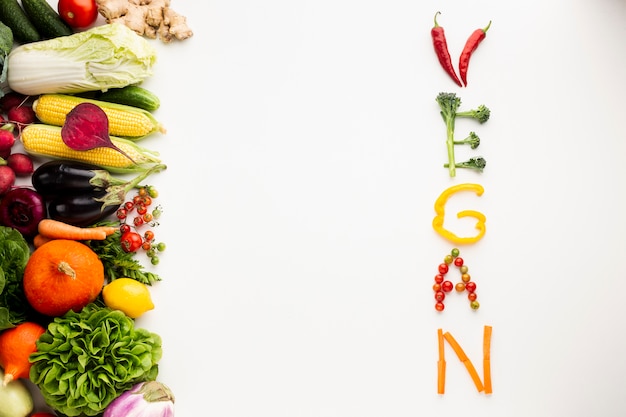Food and nutrition are two interconnected ideas that greatly affect our health and overall well-being. In this blog, we’ll explore the importance of these concepts, the differences between food and foodstuff, the role of nutrition science, and how foods are categorized based on their nutrient content.
Food vs Foodstuff: Understanding the Difference
Food and foodstuff both refer to substances we consume for nutritional support, but they are used in different contexts:
Food: This term refers to any nutritious substance that people or animals eat or drink to sustain life and promote growth. It includes solids like fruits, vegetables, and meats, as well as liquids like milk and soups. In everyday language, “food” covers both raw and prepared items consumed for taste, nutritional value, and sustenance.
Foodstuff: This is a more technical term often used in the food industry and by nutritionists. It refers to raw, basic materials or ingredients used to prepare food. Examples include flour, sugar, and oil. These items are usually not eaten in their raw form but are used to create more complex dishes.
The Evolution of the Concept of Food
In the past, any substance that provided energy to the body was considered food. Nowadays, food is seen as a crucial raw material for growth and maintaining the body’s functions. This updated perspective acknowledges that our nutritional needs change at different life stages.
Even though calorie-rich foods are readily available, there is a growing demand for dietary products and supplements. This trend highlights a rising awareness of balanced nutrition and the need to correct common nutritional mistakes.
The Science of Nutrition
Nutrition science examines the link between food and health. It emphasizes that food provides not just energy but also essential nutrients necessary for the body’s regular functions, such as water, mineral salts, vitamins, fibers, and flavoring condiments.
Classifying Foods: A Nutrient Perspective
Understanding foods based on their nutrient content helps us identify what different food items offer:
Energy-Rich Foods: Oils and fats, cheeses and dairy products, cereals, dried legumes, sugar, and alcoholic beverages.
High-Quality Proteins: Meats, fish, eggs, milk, cheese, dairy products, and certain legumes like soybeans.
Medium-Quality Proteins: Dried legumes and some cereals, such as rice.
Low-Quality Proteins: Cereals, tubers (like potatoes and yams), and starchy foods.
Essential Fatty Acids: Vegetable oils (like olive and seed oils) and some types of fish.
Vitamins and Minerals: Various meats, dairy products, fruits, and vegetables provide essential vitamins and minerals such as thiamin, riboflavin, vitamin C, retinol equivalents, iron, calcium, and iodine.
Fiber: Cereals, whole foods, dried legumes, vegetables, and fruits are excellent sources of dietary fiber.
Understanding the nutrient content of different foods helps guide us in making healthier food choices and creating a balanced diet.
Conclusion
The relationship between food and nutrition is complex, involving everything from the raw materials we eat to the essential nutrients our bodies need. By understanding these details, we can make informed dietary choices, leading to better health and well-being.







